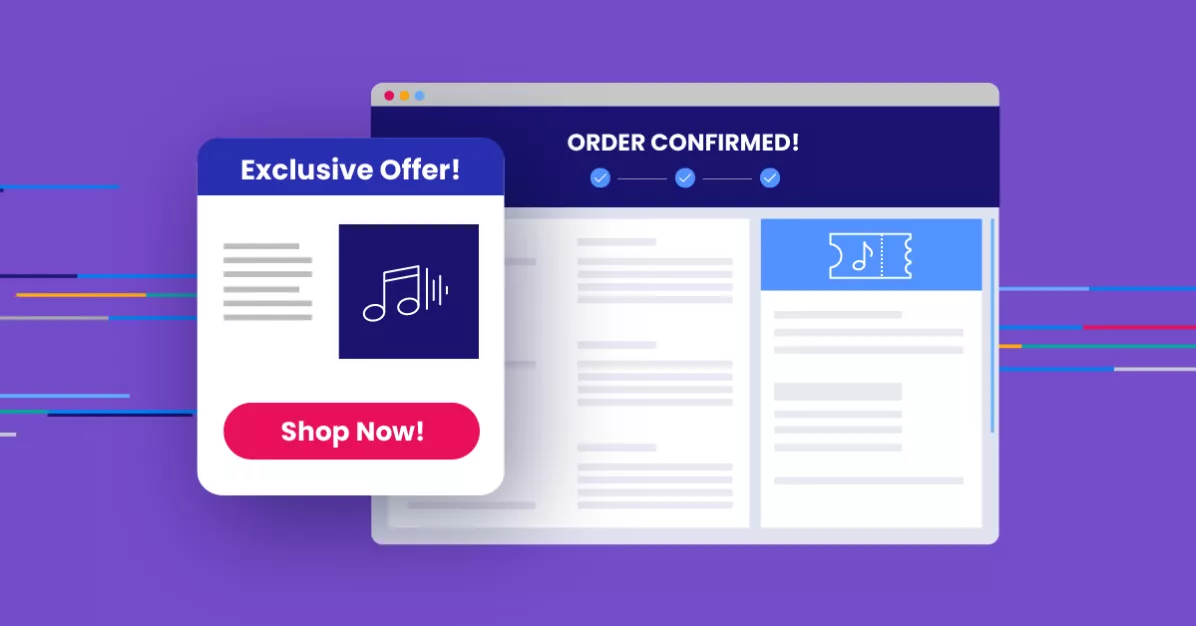
Ad Inventory
Understanding Post-transaction Advertising and Ad Inventory in Loyalty Marketing
In the digital era, where eCommerce has become the cornerstone of Retailers, marketers are continually seeking innovative strategies to acquire and retain customers. Loyalty marketing, in particular, has gained significant traction as a means to foster long-term relationships and drive repeat business. As brands and advertisers navigate this landscape, they are increasingly turning to post-transaction advertising solutions to bolster their acquisition strategies and tap into new revenue streams. One such solution that has been making waves in the industry is Fluent’s post-transaction advertising platform, which enables brands and advertisers to tailor personalized offers at the moment of purchase, as well as providing publishers with an avenue to expand their ad inventory and monetize their platforms.
The Impact of Post-transaction Advertising on Loyalty Marketing
Post-transaction advertising has emerged as a powerful tool for eCommerce marketers looking to enhance their loyalty marketing initiatives. By leveraging this solution, brands and advertisers can seamlessly integrate personalized offers into the customer purchase journey. This approach allows for the delivery of targeted promotions, rewards, and incentives to customers immediately after a transaction, thereby fostering a sense of appreciation and reinforcing a positive brand experience. Such personalized engagements play a pivotal role in driving customer satisfaction, enhancing brand loyalty, and ultimately, contributing to increased customer lifetime value.
Moreover, post-transaction advertising also serves as a strategic avenue for customer acquisition. By presenting tailored offers at the moment of purchase, brands can entice first-time buyers to make subsequent purchases, thereby converting them into loyal customers. This approach not only bolsters customer acquisition efforts but also lays the foundation for cultivating enduring customer relationships, thereby maximizing the lifetime value of each customer.
Leveraging Ad Inventory in Loyalty Marketing
Within the realm of loyalty marketing, ad inventory plays a critical role in facilitating targeted and relevant engagements with customers. Ad inventory refers to the space available for advertisements on a publisher’s platform, which can encompass a variety of digital media, including display ads, native ads, and sponsored content. By strategically leveraging ad inventory, brands and advertisers can amplify their loyalty marketing efforts by delivering personalized offers and promotions to their target audience.
When it comes to loyalty marketing, the ability to tap into new revenue streams through ad inventory is invaluable. Publishers, in particular, can monetize their platforms by collaborating with brands and advertisers to showcase relevant and engaging advertisements to their audience. This symbiotic relationship allows brands to extend their reach and connect with potential customers, while publishers benefit from an additional revenue stream, thereby creating a win-win scenario for all parties involved.
The Role of Personalization and Relevance in Post-transaction Advertising
Central to the success of post-transaction advertising within the realm of loyalty marketing is the ability to deliver personalized and relevant offers to customers. Personalization entails tailoring offers and promotions based on customer preferences, previous purchase behavior, and demographic information. By realizing the unique needs and preferences of their audience, brands and advertisers can craft offers that resonate with customers, thereby driving higher engagement and conversion rates.
Furthermore, relevance plays a pivotal role in post-transaction advertising, as it ensures that the offers presented to customers align with their immediate interests and needs. This approach not only enhances the customer experience but also contributes to building brand affinity and loyalty. Customers are more likely to engage with offers that are relevant to their current purchase or interests, thereby fostering a positive brand-consumer relationship.
Measuring the Success of Post-transaction Advertising in Loyalty Marketing
As with any marketing initiative, measuring the success of post-transaction advertising is paramount to refining strategies and maximizing ROI. In the context of loyalty marketing, key performance indicators (KPIs) such as customer engagement, redemption rates, and repeat purchase behavior serve as vital metrics for evaluating the impact of post-transaction advertising.
By analyzing customer engagement metrics, marketers can discern the effectiveness of personalized offers and promotions in capturing the attention and interest of their audience. Similarly, redemption rates offer insights into the conversion of offers into actual purchases, thereby gauging the tangible impact of post-transaction advertising on driving sales and revenue. Moreover, monitoring repeat purchase behavior enables marketers to assess the long-term impact of post-transaction advertising on customer retention and lifetime value.
Final notions
In the ever-evolving landscape of eCommerce, loyalty marketing remains a cornerstone for brands and advertisers seeking to establish enduring customer relationships and drive long-term value. Post-transaction advertising, in conjunction with leveraging ad inventory, presents a compelling opportunity for marketers to deliver personalized and relevant offers to customers at the moment of purchase, thereby fostering brand loyalty, driving customer acquisition, and maximizing customer lifetime value.
By harnessing the power of post-transaction advertising, brands can create meaningful and impactful engagements with their customers, thereby solidifying their position in the market and driving sustainable growth. As the eCommerce industry continues to evolve, loyalty marketing, coupled with post-transaction advertising, will undoubtedly remain a linchpin for driving customer acquisition and fostering enduring customer relationships.